The Everchanging 21st Century Music Model
I’ve come across two older yet interesting articles from the Economist, both of which I’ve connected into one blog post. The first article deals with the ever rampant file sharing and how the music industrial is coping with it. The second article focuses more on the burgeoning concert experience, both in cost and in production value.
“For the past ten years sales of recorded music have declined so steeply as to become a cautionary tale about the disruptive power of the internet. The rise of illegal file-sharing and the end of the digital “replacement cycle”, in which people bought CDs to replace tapes and records, caused spending to collapse. Sales of CDs, tapes and records have slid by 40% in Britain since 2001, according to the BPI, which represents record labels. In Japan, the world’s biggest CD sales market, the number of discs sold fell by 6% in 2008 and 24% in 2009. Price cuts meant that revenues dropped even more steeply.”
“Music was the first media business to be seriously affected by piracy and has suffered most severely. The struggle against music piracy is going better than at any point since the appearance of Napster, a file-sharing service, ten years ago.”
This has been done through a variety of methods. There have been lawsuits, which haven’t always been affected. No one wants to hear a story about a woman in Small Town USA being sued for $30,000 a song for each one possessed by the devil. As introduced earlier this year, internet service providers (ISPs) are now trying ‘graduated punishment’, which is a 3 (or more…) strikes, and you’re out (maybe) policy. This has been shown to have slightly more positive effects.
“The trouble with the old practice of suing people for swapping music is that it is slow, expensive and limited. In most countries, being prosecuted for file-sharing is a little like being struck by lightning. The exception is Germany, where a cheap, efficient legal system has made it possible to launch some 100,000 prosecutions. In the past two years the proportion of German internet users who share files illegally has dropped significantly. It now stands at 6%, according to Jupiter Research—less than in any other big European country.”
If you can’t sue everyone, what can you do? There is the old adage, adapt or die. Figure out what consumers want and need. Think about yourself – what technology or change would lure you to pay something for music or music accessibility? You can’t rid the world of piracy, but you can offer a service to people who are accustomed to getting music for free, in a way that will make them pay. Think Spotify, iCloud, Google, and so on.
“The recorded-music business is not about to lurch into growth. A big proportion of revenues—more than half just about everywhere—still comes from CD albums, which are gradually falling out of favour. Start-ups like Spotify need to turn more freeloaders into paying subscribers if they are to survive and start providing a serious income stream to record companies and artists. And there are still plenty of ways of sneakily copying music.”
However, there is still another massive way for artists to make money – concerts, and all of the associated paraphernalia that goes with a tour or a gig.
“Will Page of PRS for Music, which collects royalties on behalf of writers and publishers, has added up the entire British music business. He reckons it turned over £3.9 billion ($6.1 billion) in 2009, 5% more than in 2008. It was the second consecutive year of growth. Much of the money bypassed the record companies. But even they managed to pull in £1.1 billion last year, up 2% from 2008. A surprising number of things are making money for artists and music firms, and others show great promise. The music business is not dying.”
“Between 1999 and 2009 concert-ticket sales in America tripled in value, from $1.5 billion to $4.6 billion. Ticket sales wobbled in America during the summer of 2010, but that was partly because some big-selling acts took a break.”
So did everyone in America decide that the bands they have been downloading should be supported in a live music setting? Er, not quite. The costs to us, the customer, have skyrocketed.
“In 1996 a ticket to one of America’s top 100 concert tours cost $25.81, according to Pollstar, a research firm that tracks the market. If prices had increased in line with inflation, the average ticket would have cost $35.30 last year. In fact it cost $62.57. Well-known acts charge much more. The worldwide average ticket price to see Madonna last year was $114. For Simon & Garfunkel it was an eye-watering $169. Leading musicians have also, by roundabout means, seized a larger share of the mysterious “service” charges that are often tacked onto tickets.”
People seem trapped in the same way they are trapped in the real estate market – they complain about the cost to get in, but they still pay it anyway. And when we’re at the show, we shell out for good olde merch.
“We have grown along with the touring business,” says Tom Bennett, the head of Bravado, which sells T-shirts and other paraphernalia. Bravado’s revenues have more than doubled since 2007, when it was acquired by Universal Music Group—although that is partly because it has signed up new acts. And merchandise has moved well beyond the arena. Nearly all Bravado’s turnover used to come from sales at concerts. Now about half comes from retail stores.”
However, not all bands are making money from non-album sales routes such as concerts; others are taking the Moby route: selling out licensing their music.
““Watch an evening’s worth of TV and count how many times you hear music in the background,” says Jeremy Lascelles, chief executive of Chrysalis. Your correspondent tried, and found that a new tune appeared, on average, every 40 seconds. Many necessitated payments to songwriters and the music publishers, like Chrysalis, that represent them. Publishers have become increasingly adept at hawking their wares to programme-makers. And music is not always in the background of TV programmes. Some of the most popular shows of the past few years—“American Idol”, “Glee” and “The X-Factor”—have been music shows.”
Any coincidence that Steven Tyler is a ‘judge’ on American Idol and Aerosmith’s sales spike? Same with Jennifer Lopez, who used the platform to debut new songs. She went from being idle to Idol, and even topped People’s Most Beautiful Person in the World award.
Have you noticed how YouTube often now has ads at the start of their videos? They are always there for any Vevo clips (which I often link to on this site). “America has Vevo, a music-video website linked to YouTube and owned in part by Universal Music Group and Sony Music Entertainment. Because Vevo’s content is consistently professional, it draws advertisers. Rio Caraeff, who runs the outfit, says companies pay $25-30 to reach 1,000 viewers. That is more than television networks tend to get, although Vevo reaches fewer people and runs many fewer ads (just 15 seconds every six-and-a-half minutes).”
That’s enough insight for one length post. I suggest you read one or both of the articles, and feel free to post any thoughts down below or email PHM.
Moby – Porcelain
[youtube enNE2oSTCKs]
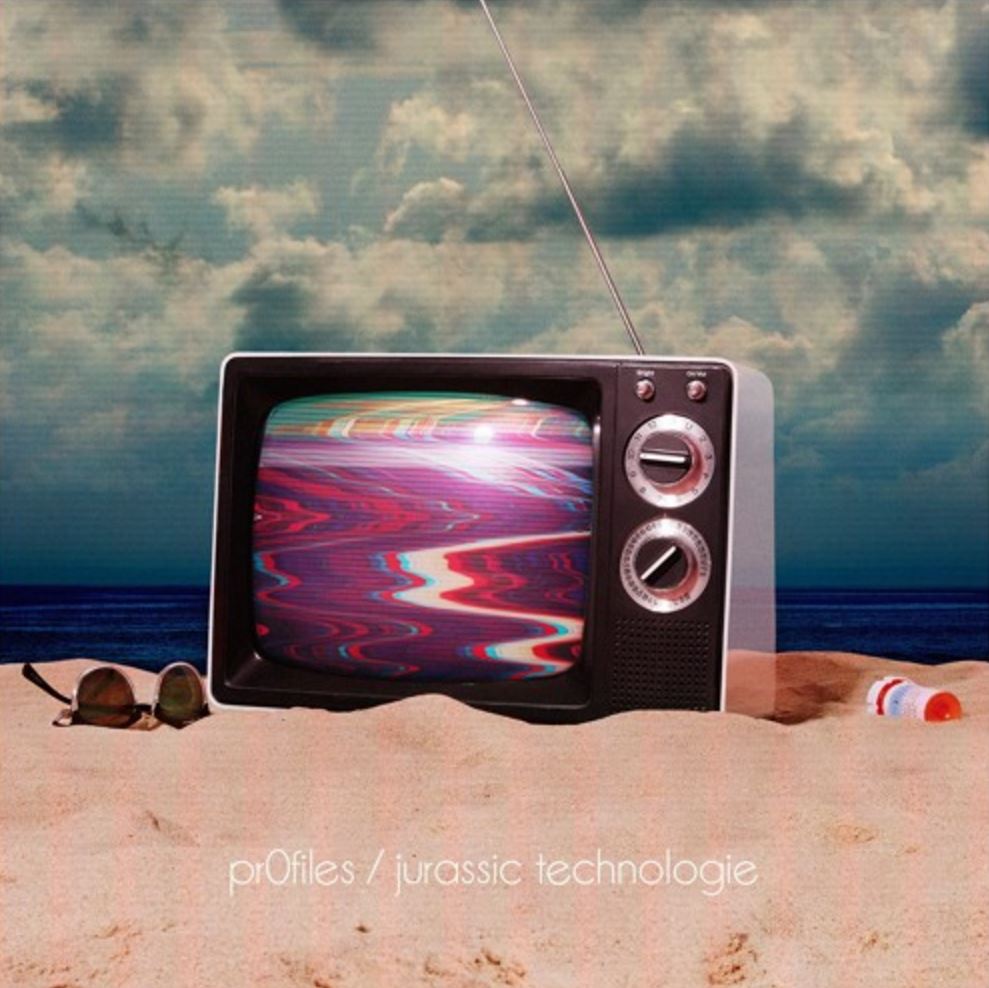

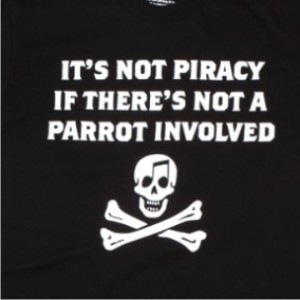
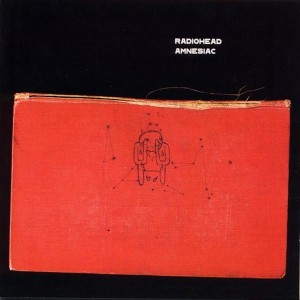
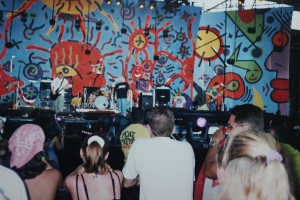


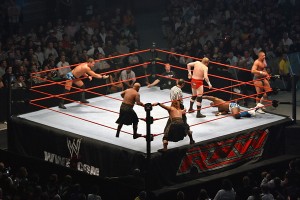




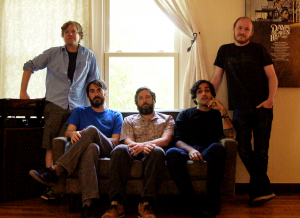


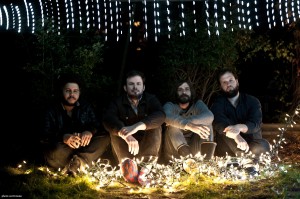

Good, insightful article.
It has been heartening to see through the years that music has survived despite the music industry and has transformed itself whenever the two seemed to get too aligned, e.g., the grunge movement. Perhaps this happens because it is poor teens and twentysomethings who seem to have more to say in their art than other, more business-minded folks, but that’s open to debate.